Please enjoy matcha at the bamboo temple in Kamakura.
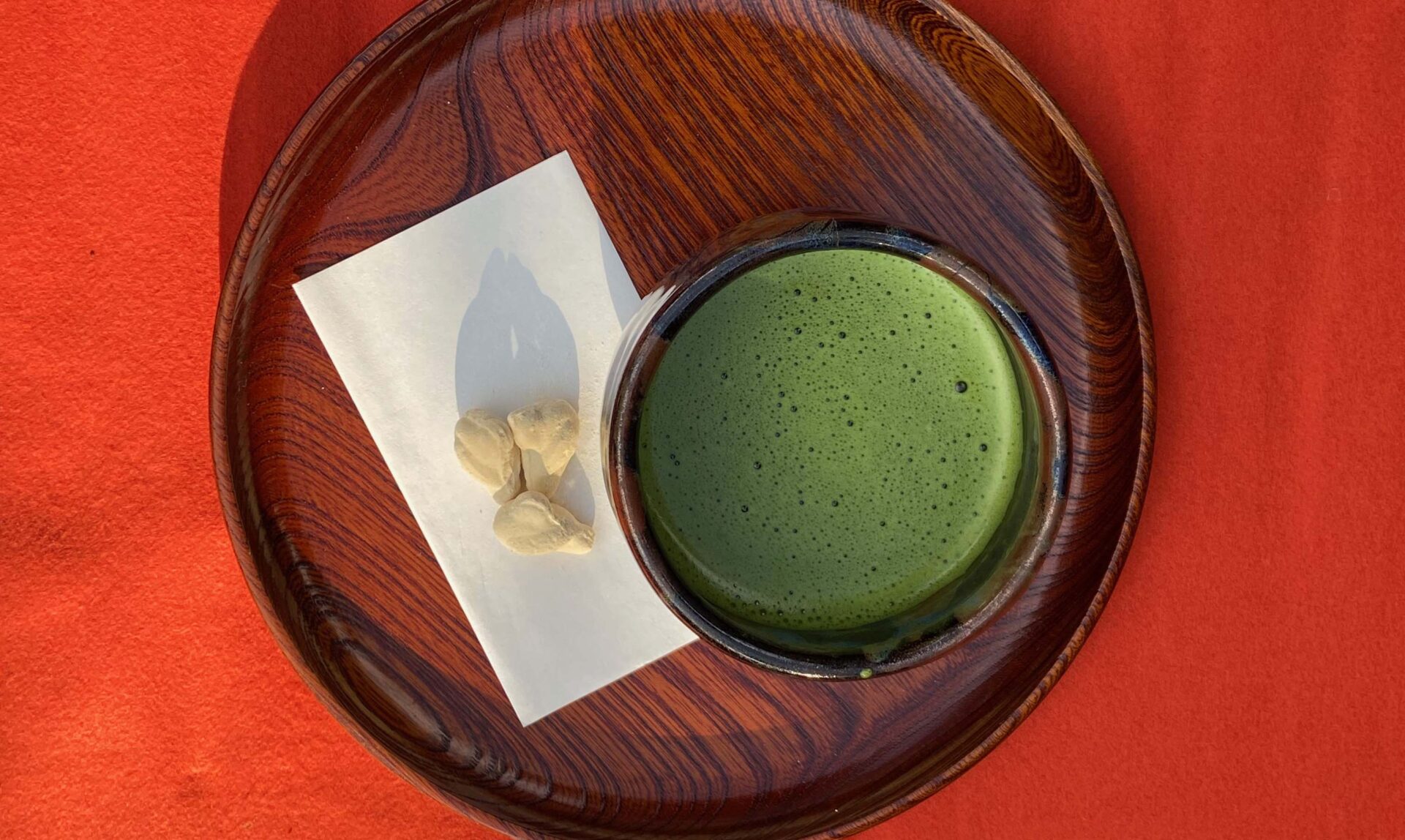
November 2022 Seasonal up date : 1
Japanese architecture, including temples and shrines, holds many charms, but among them, I particularly love dry landscape gardens, or karesansui. These gardens, which depict landscapes using rocks, sand, and gravel without water, exude a sense of openness akin to a resort, offering a tranquil space for relaxation. Enjoying matcha and sweets while admiring such a beautiful garden is a quintessential Kamakura experience, given the city’s abundance of temples, shrines, and important cultural heritage sites. In this guide, I will introduce cozy temples and Japanese gardens where you can enjoy a relaxing time savoring matcha amidst stunning landscapes.
Contents
Jomyoji Temple / Kisenan (Japanese garden tea room)
Jomyoji Temple, the fifth of Kamakura’s Five Mountains and a designated Important Cultural Property, exudes a stately charm. What sets it apart is the outstanding restaurant and tea house within its grounds. The Stone Oven Garden Terrace offers an English garden ambiance and afternoon tea, while the Kisen-an provides matcha and traditional sweets amidst a dry landscape garden. Both places exude subtle hospitality, making them perhaps among the most beloved spots in Kamakura. Their distance from the station also ensures a comfortably uncrowded experience. Additionally, the splendid autumn foliage is at its peak from late November.
This blog focuses on introducing Kisui-an, but for information about the Stone Oven Garden Terrace, please check out “Three Places for Afternoon Tea and Desserts in Kamakura.“
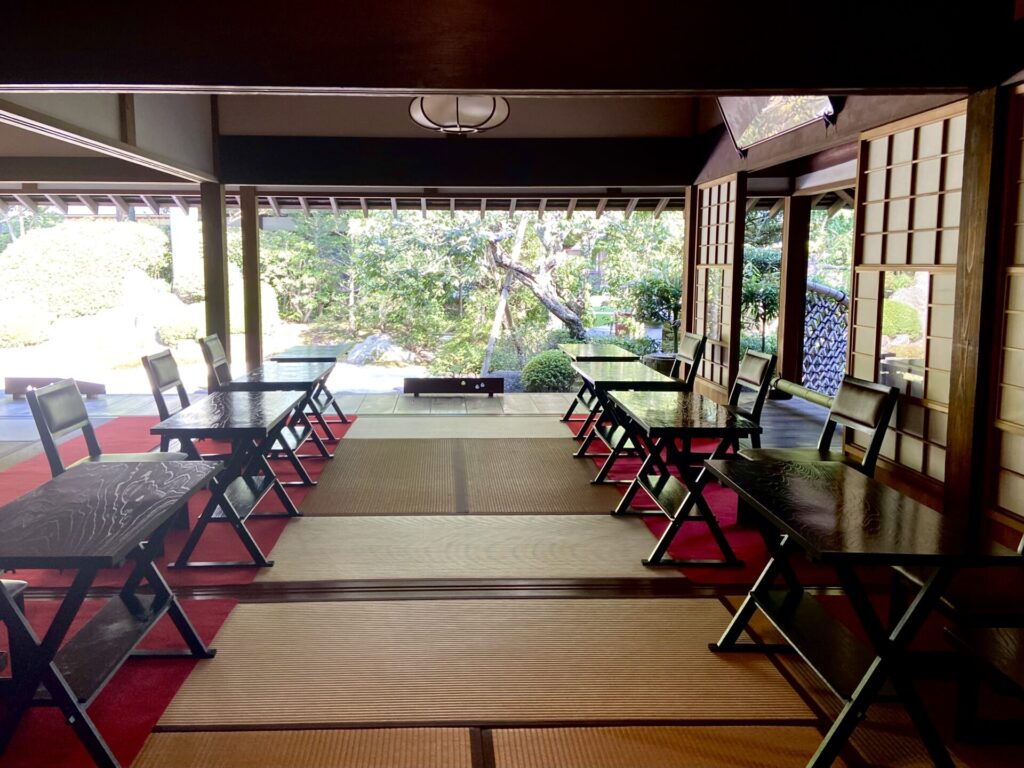
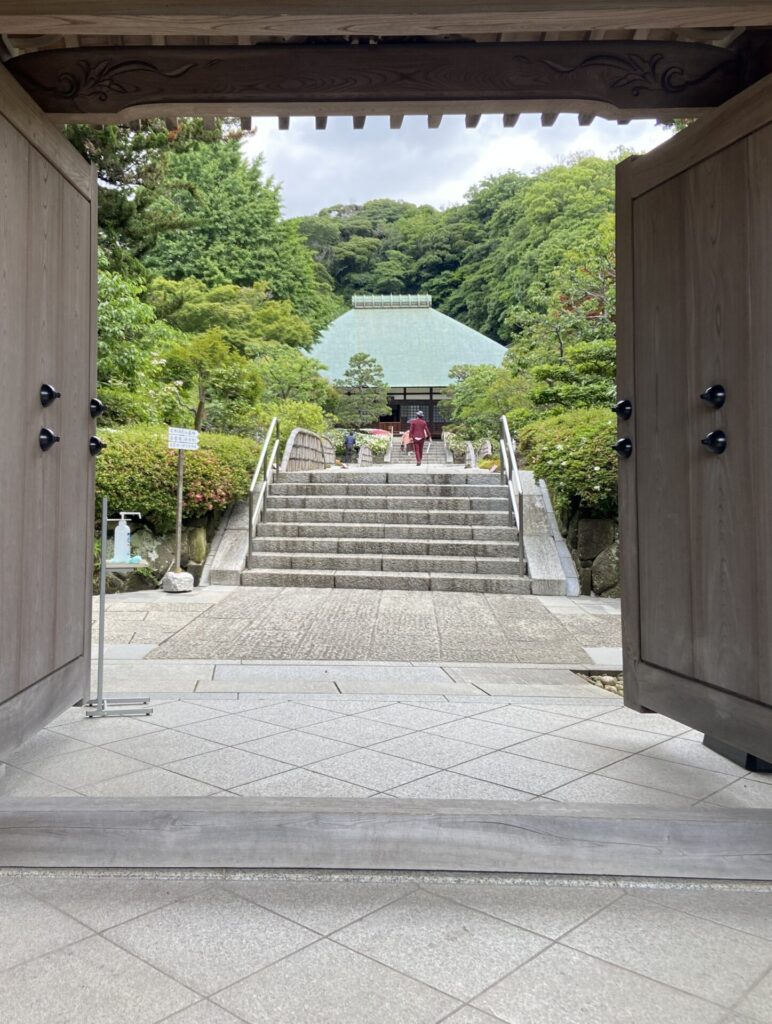
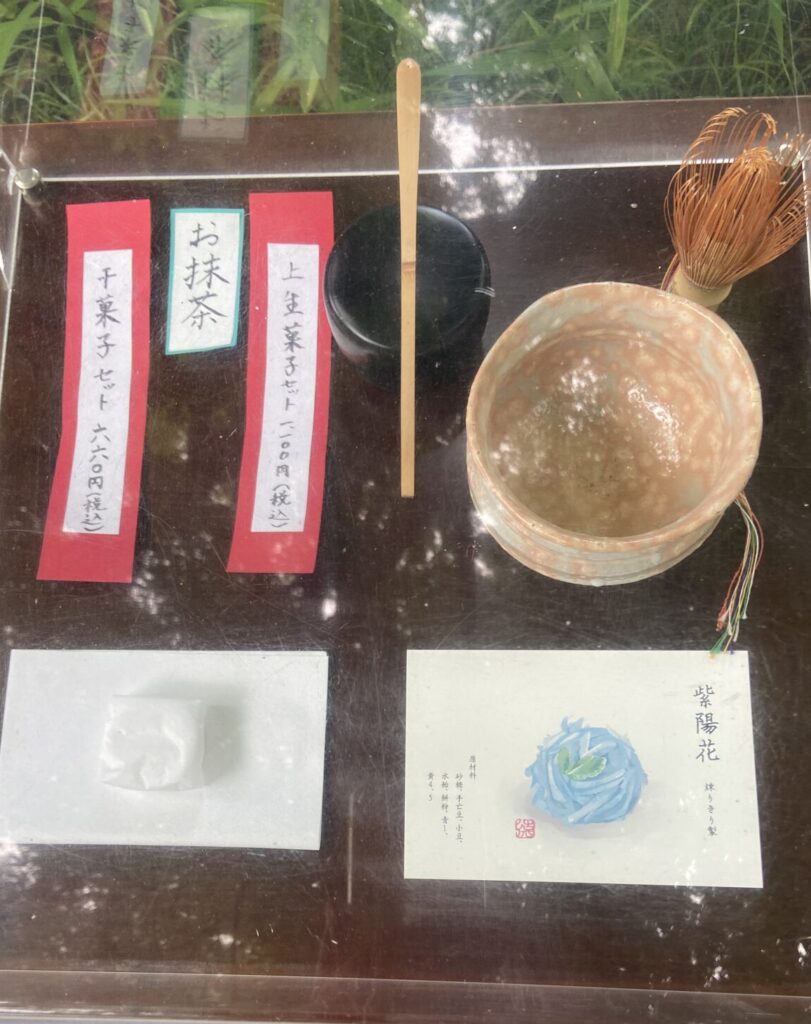

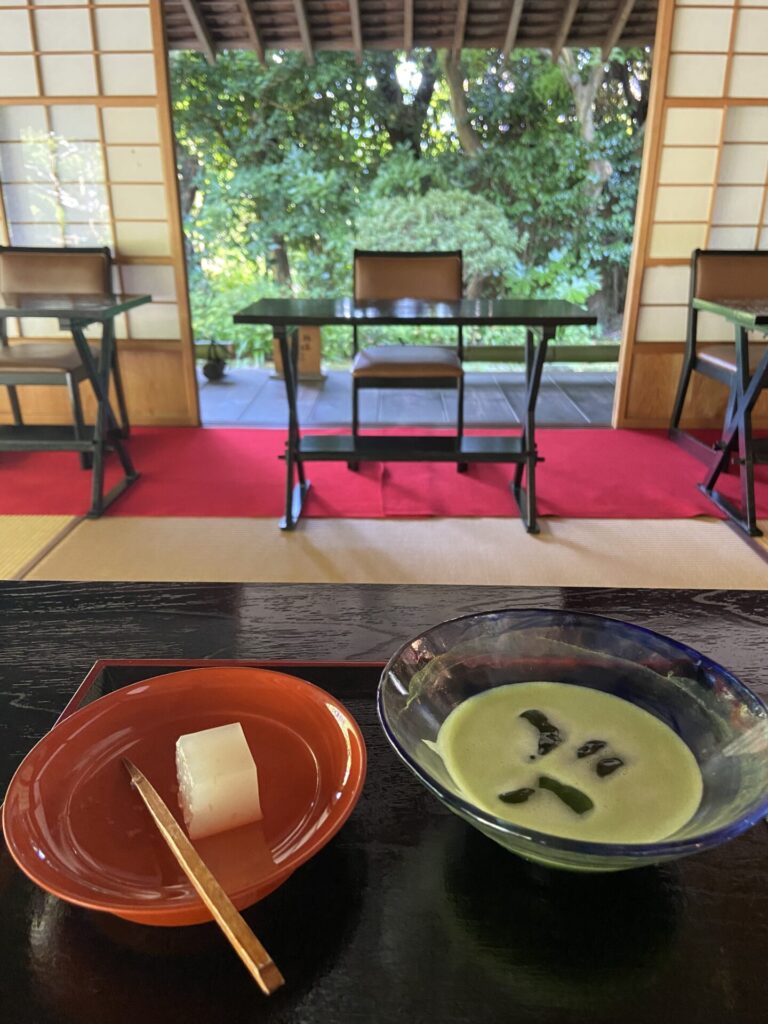
The set of fresh sweets and matcha costs 1,100 yen. On this day, the summer menu includes cold matcha. I’ll have half of the Mizuyokan. (Photo taken in August)
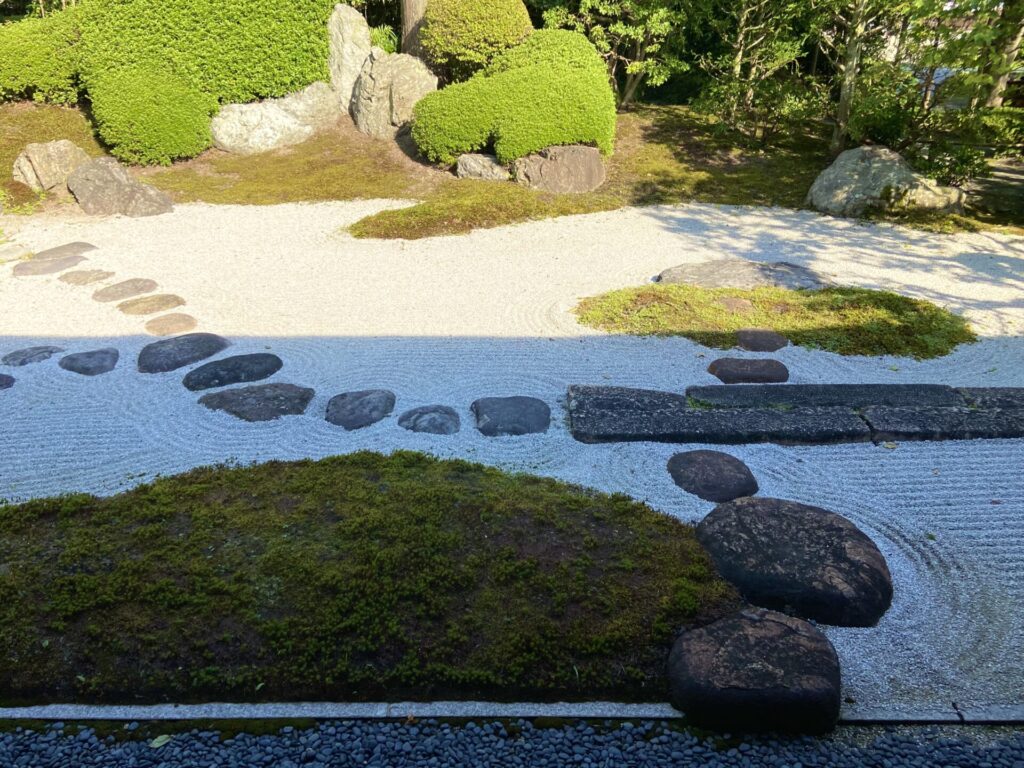
Houkoku-ji Temple / Kyukou-an (Matcha tea space )
Across the road from Jomyoji Temple, up a small path, lies Hokokuji Temple, famous for its beautiful bamboo grove. It has been awarded three stars in the Michelin Guide. Once you enter the grounds, you’ll be overwhelmed by the serene atmosphere and coolness exuded by the vast green bamboo. The sense of tranquility is especially refreshing during the summer months. This historically significant Zen temple, founded by the Ashikaga clan, offers the charm of enjoying its dry landscape garden and bamboo grove in peace. At the halfway point in the bamboo grove, you can enjoy delicious matcha at the Kyukoan teahouse while immersing yourself in the beauty of the bamboo garden.
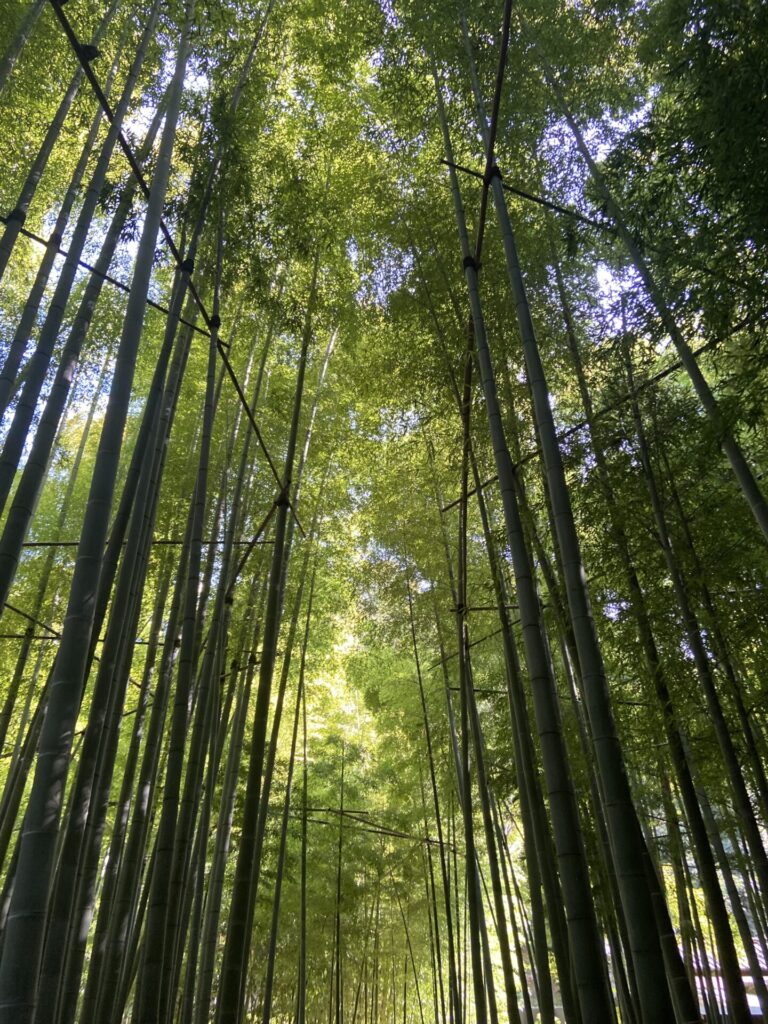
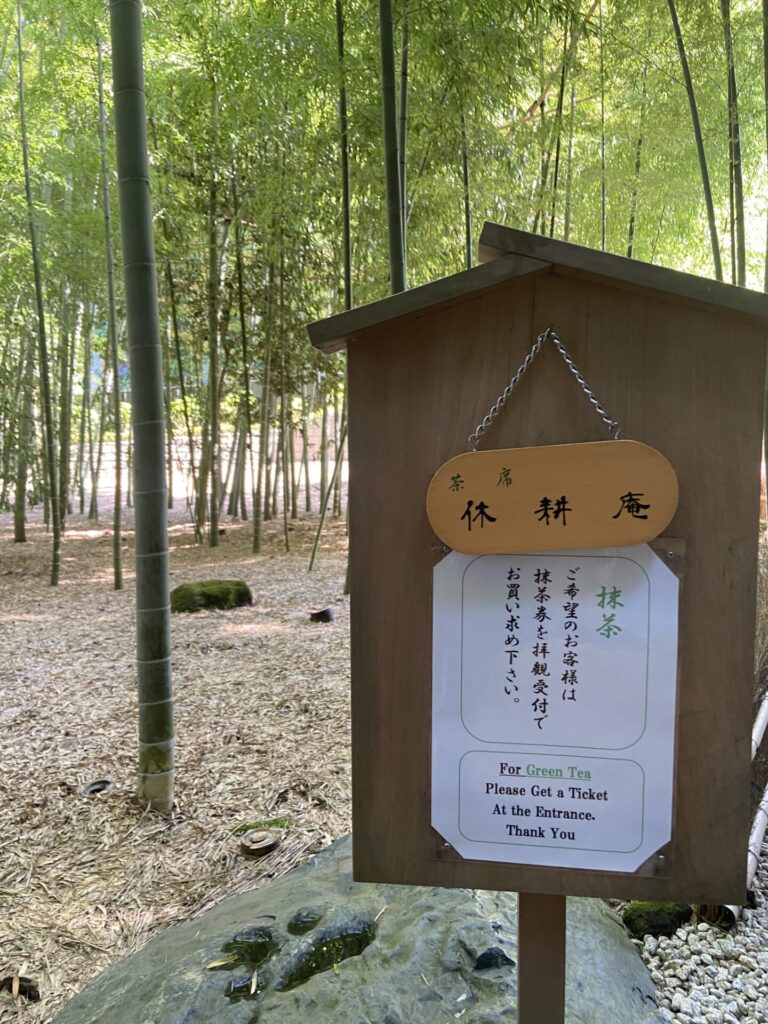
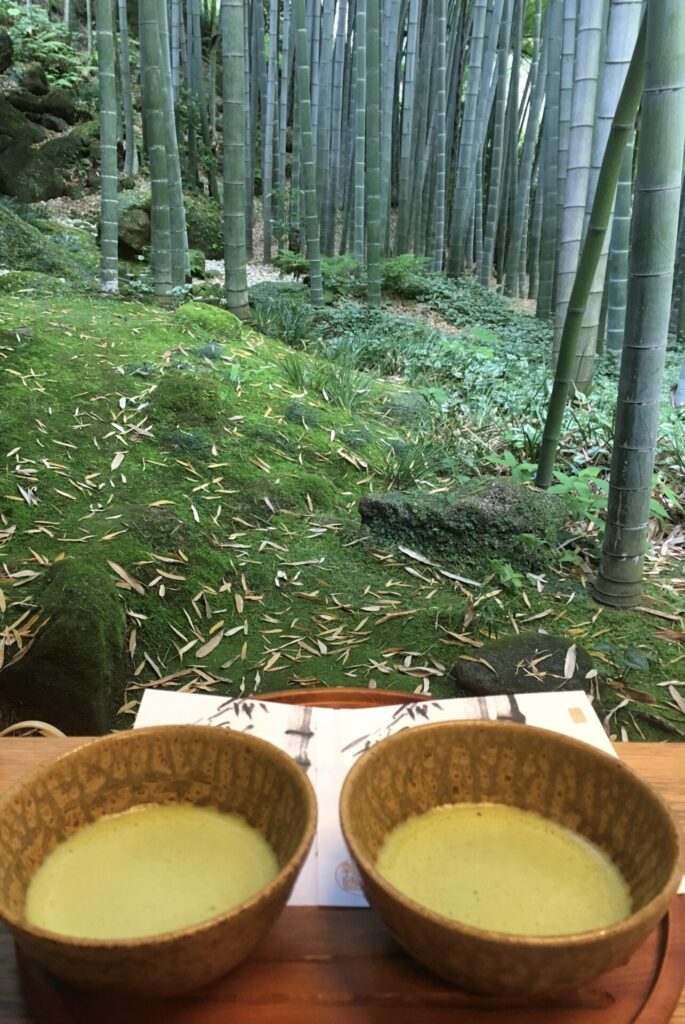
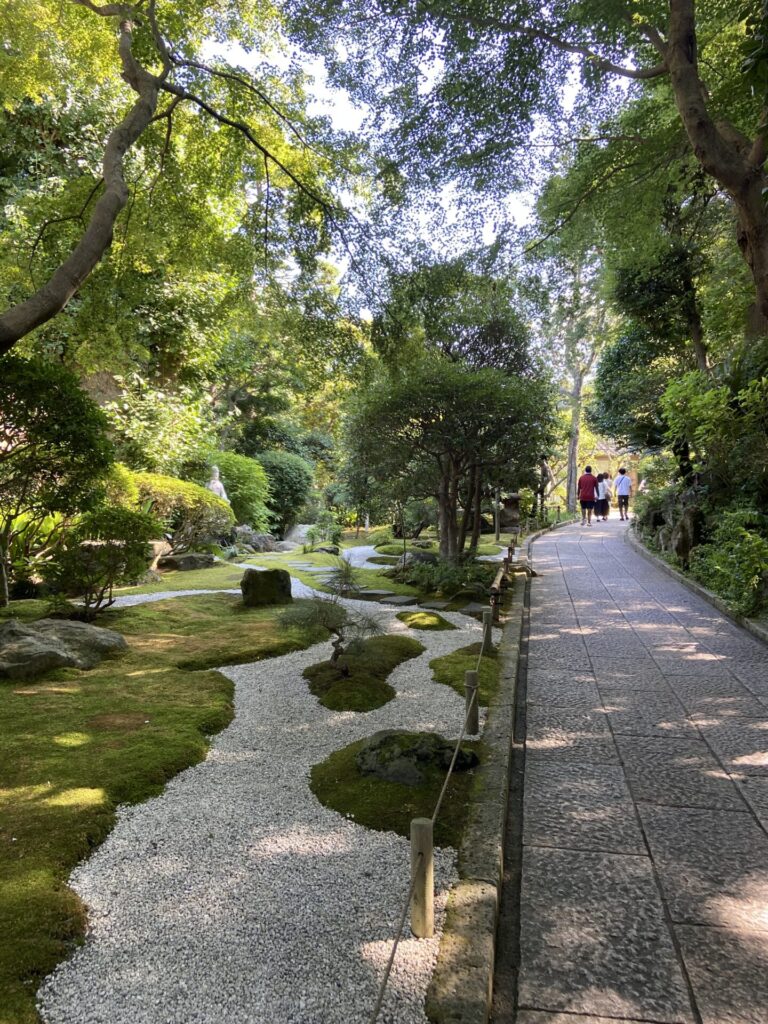
Ichijyo-Ekan-Sanso and Cafe yamamom-tei
It is the detached residence of Ichijo Keikan, who served as regent and chancellor with imperial lineage, relocated from Kyoto and preserved as a national important cultural property, showcasing the court culture of the early Edo period. Similar contemporaneous architecture includes Katsura Rikyu. Nestled in the Satoyama landscape, the interior, adorned with tasteful designs and traditional motifs, is meticulously maintained, evoking a sense of sophistication and tranquility that invites sighs of admiration. Located on the right-hand side after passing Jomyoji Temple and Hokokuji Temple, heading towards Jomyoji from Kamakura Station. Additionally, in June, hydrangeas bloom, and from mid-November, the autumn foliage is stunning.
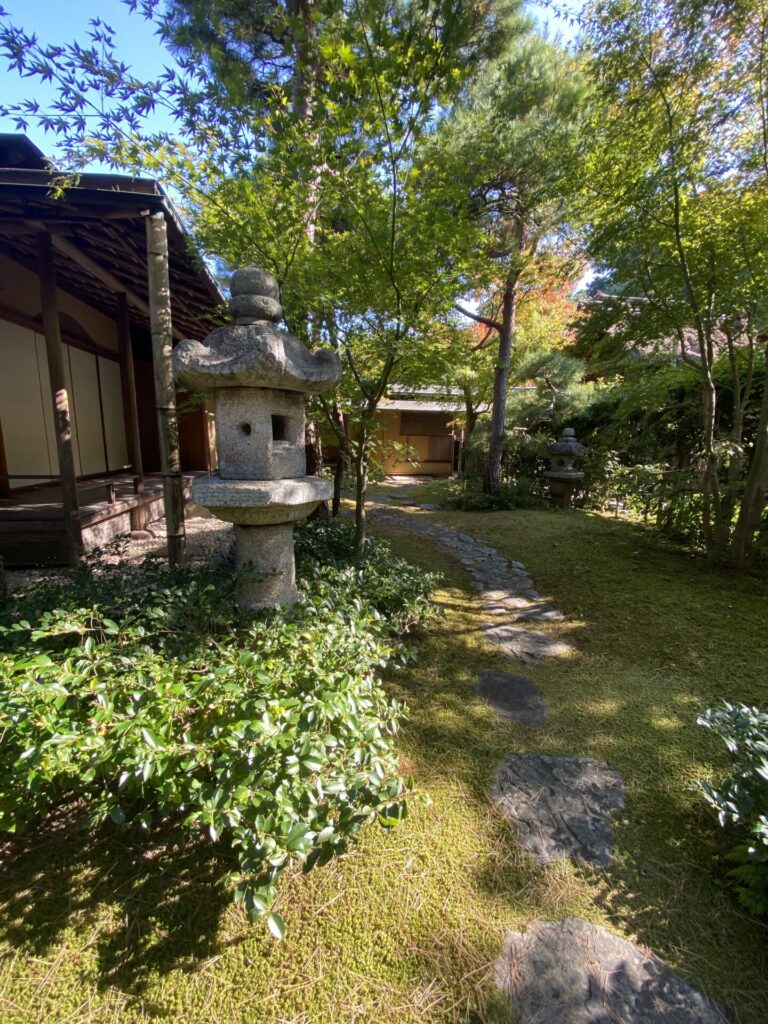
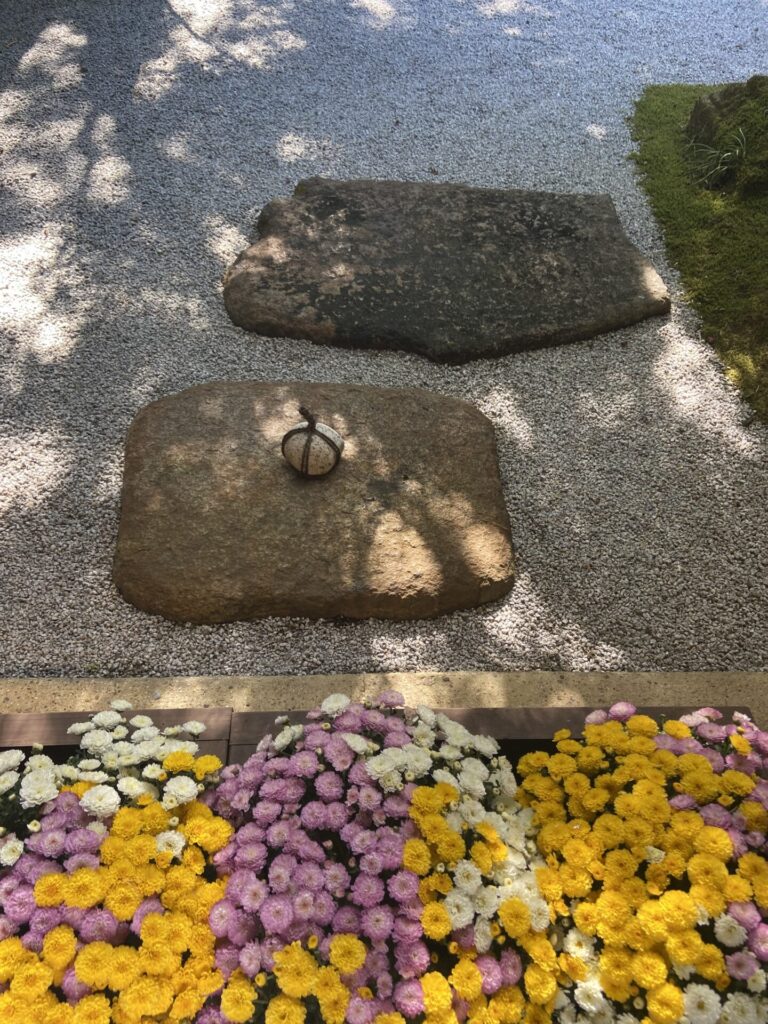

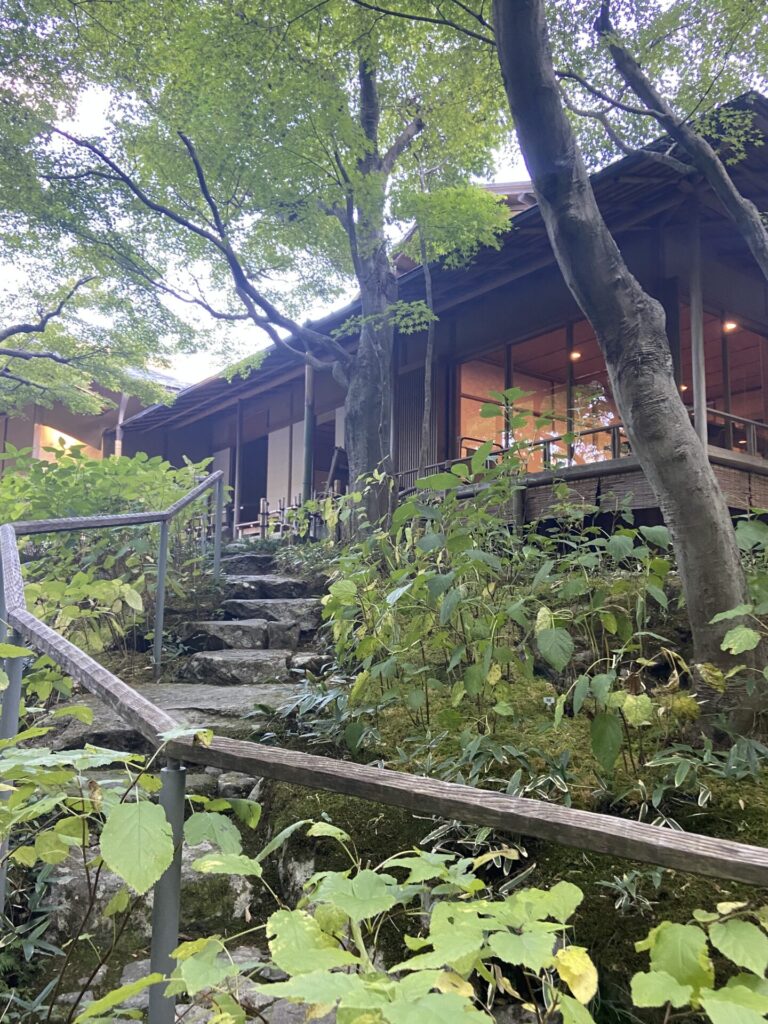
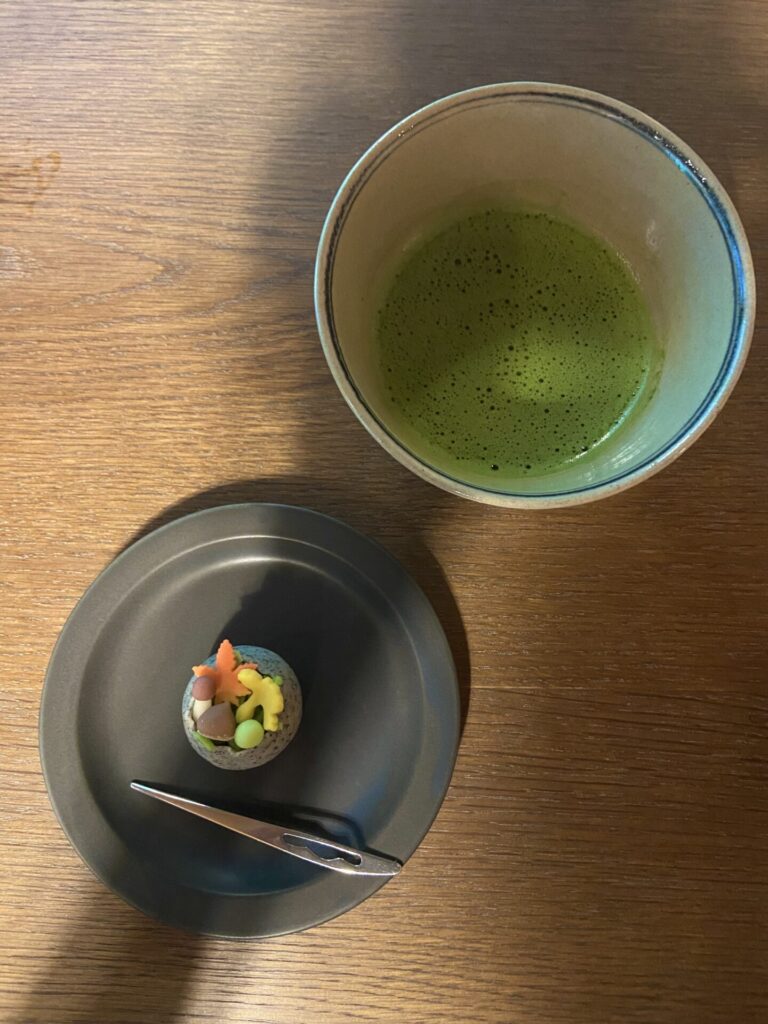
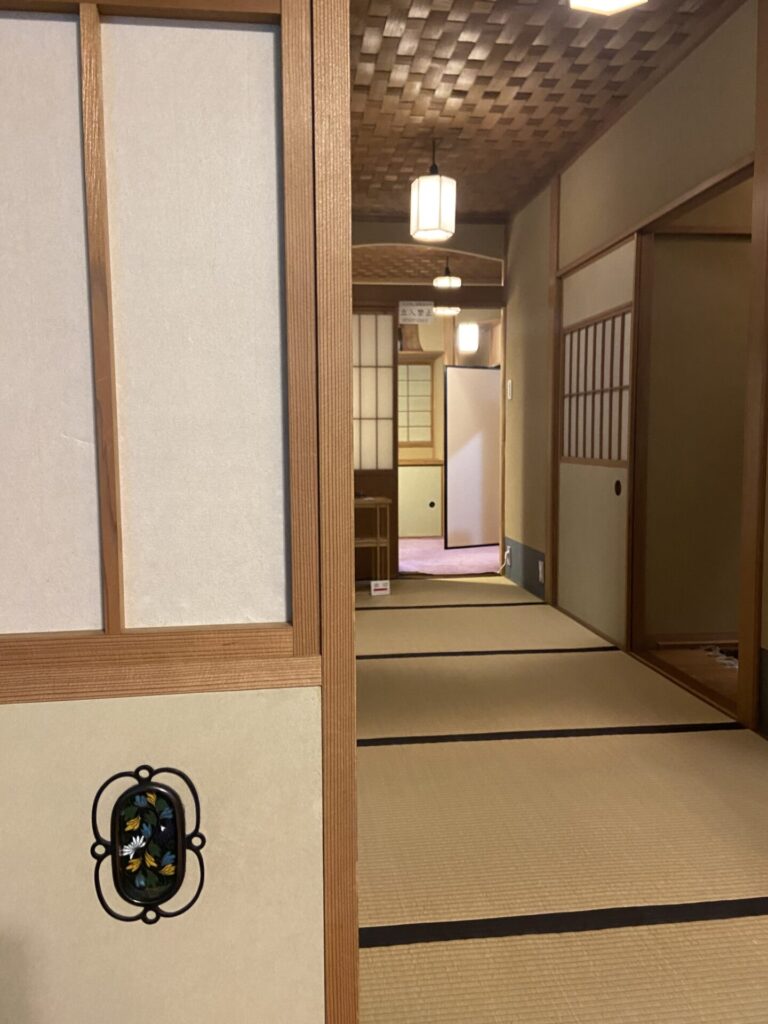
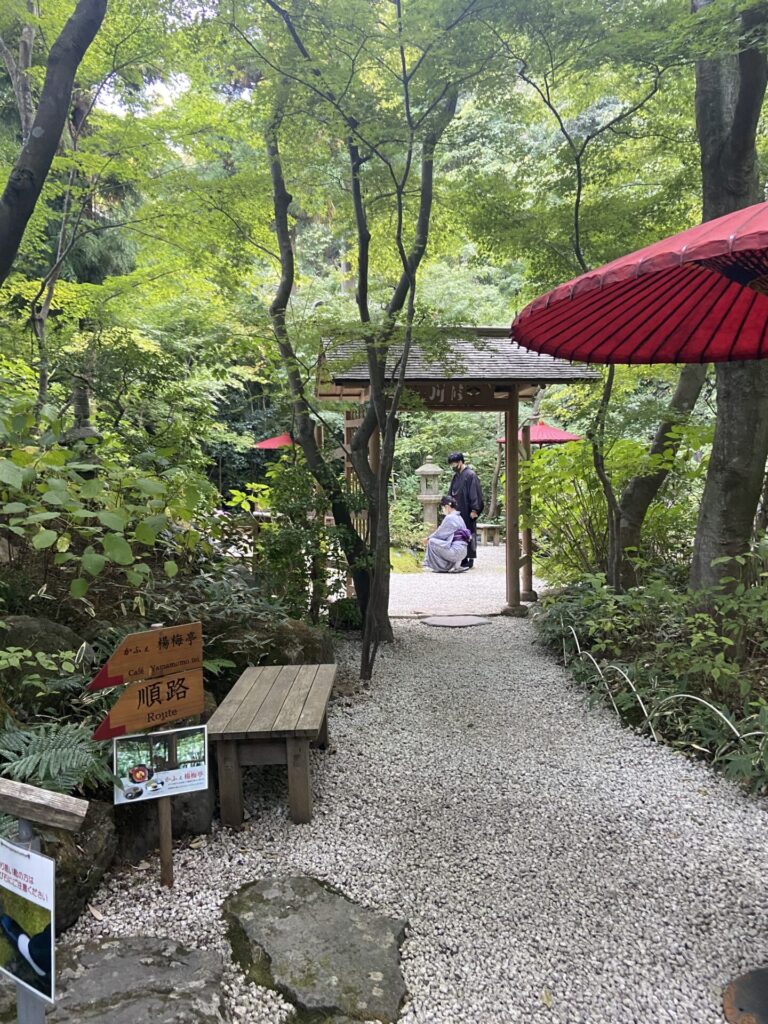

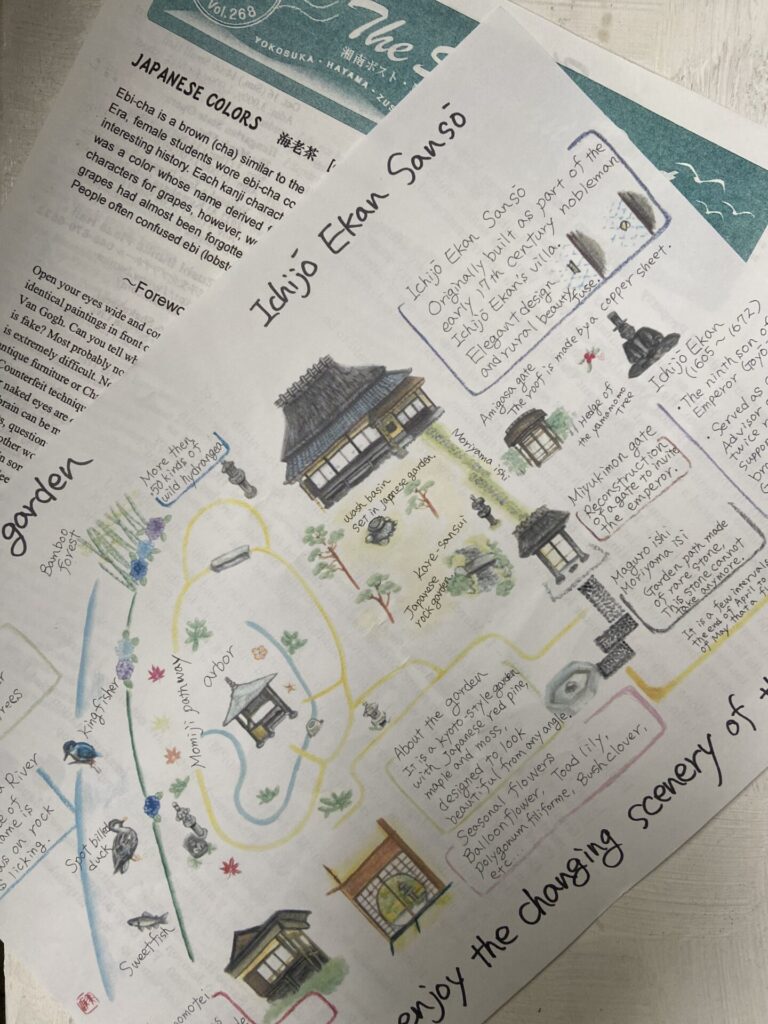
There are plenty of attractions, including a pleasant “azumaya” (gazebo) and a pathway along the Sukagawa River that turns into a beautiful autumn foliage trail in the fall. Additionally, the water divination using the garden’s water basin adds a fun and eventful experience. It’s not just a destination for autumn foliage or hydrangea seasons; it’s a renowned architectural gem with a splendid garden that you’d want to visit in every season.
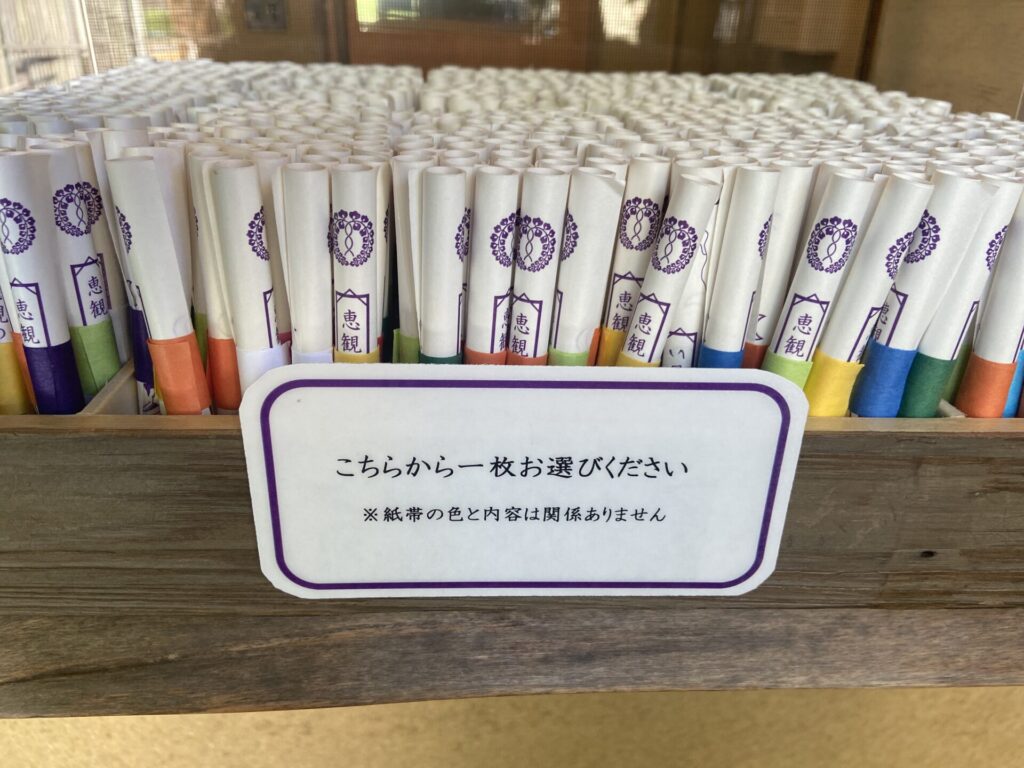
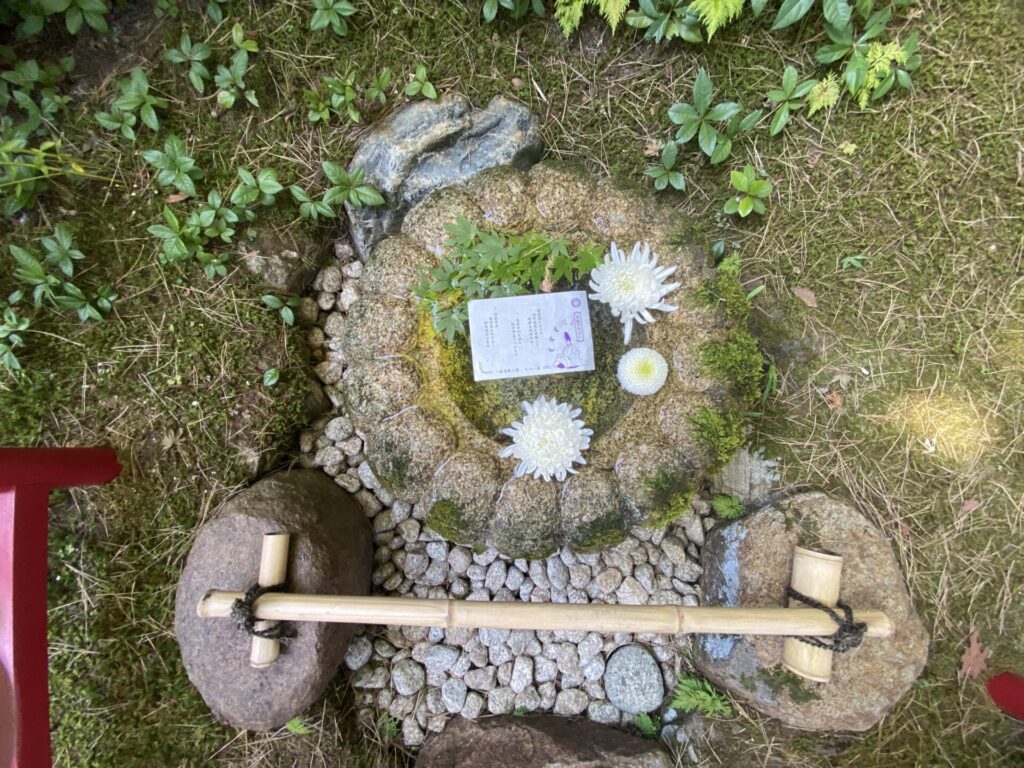
Enkaku-ji Temple /Butsunichi-an
Founded in the late Kamakura period, this temple is the second of the Kamakura Gozan (Five Mountain Monasteries), boasting numerous attractions and offering a spacious compound where you can leisurely spend your time whenever you visit. Located near Kita-Kamakura Station, it’s easily accessible, and you can even bring your dog into the precincts (excluding buildings) for a walk.
Open from December, 8:00 to 16:00. Note that closing times may be 30 minutes earlier, so it’s advisable to arrive early when visiting for autumn foliage.

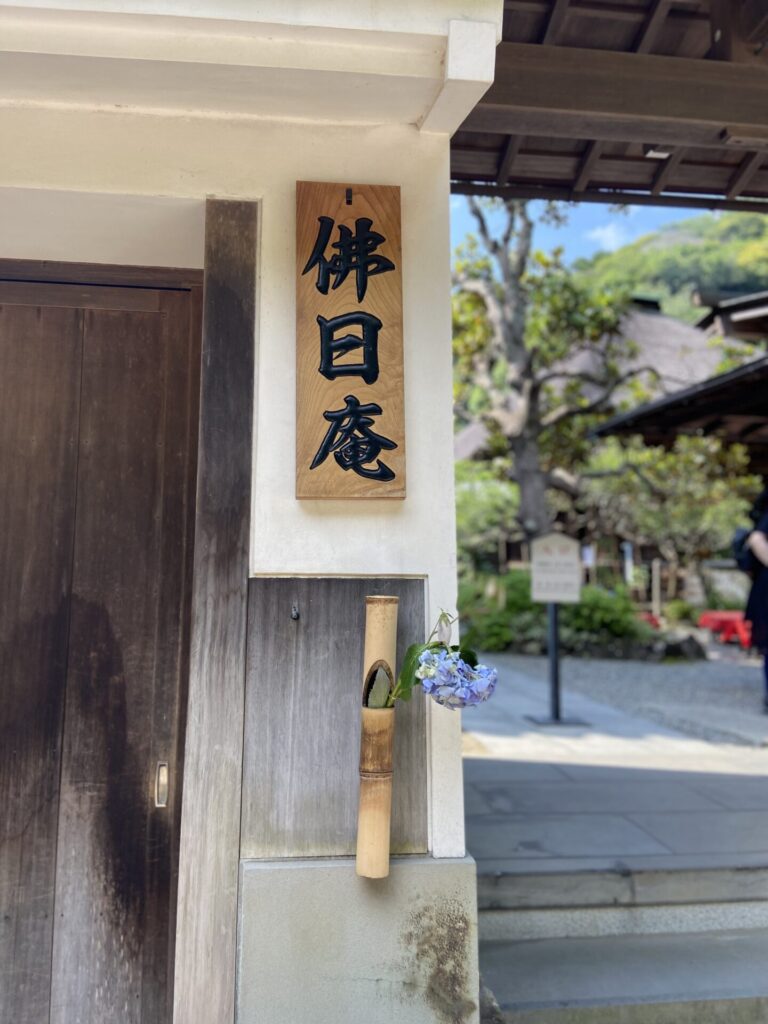
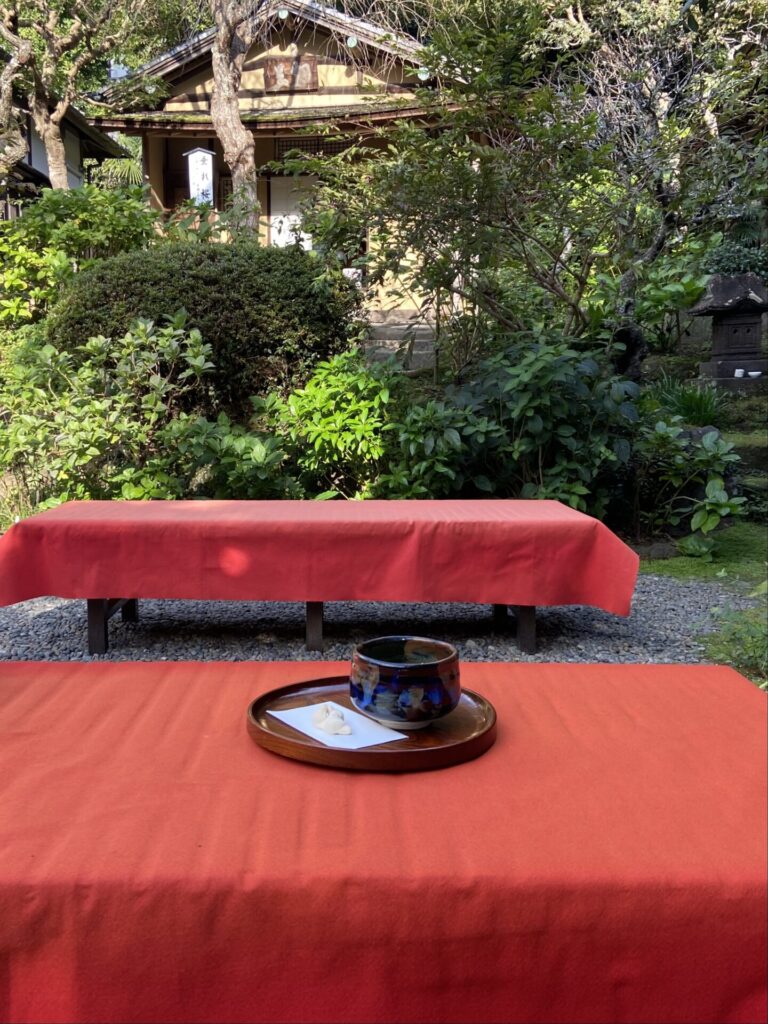

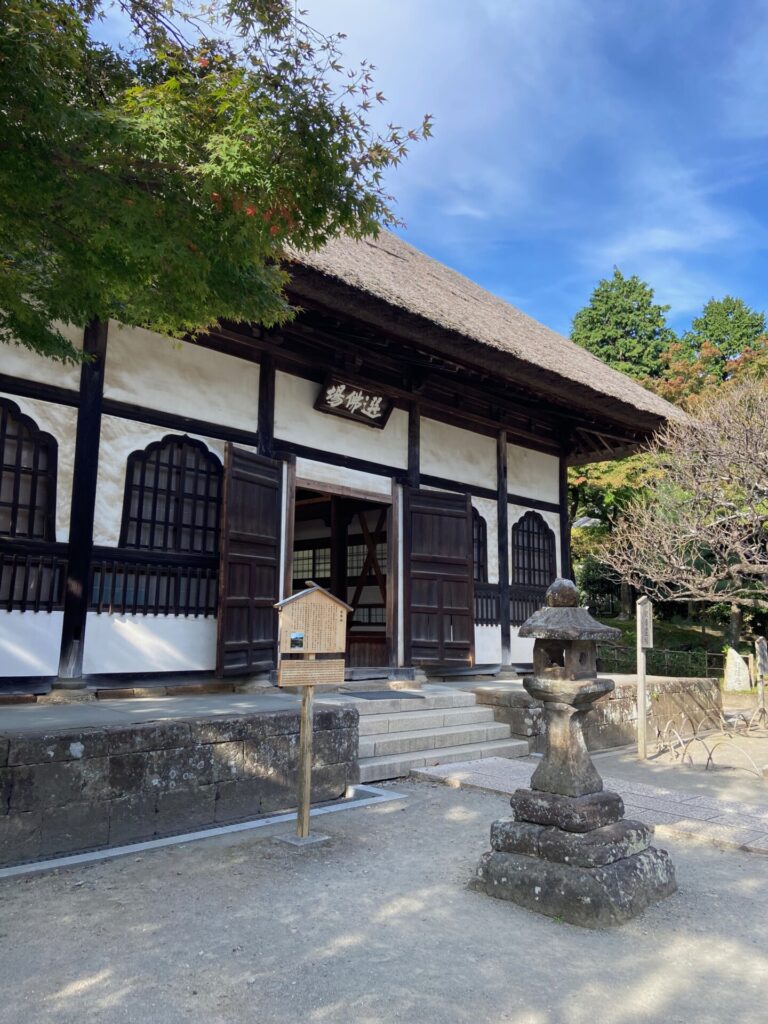
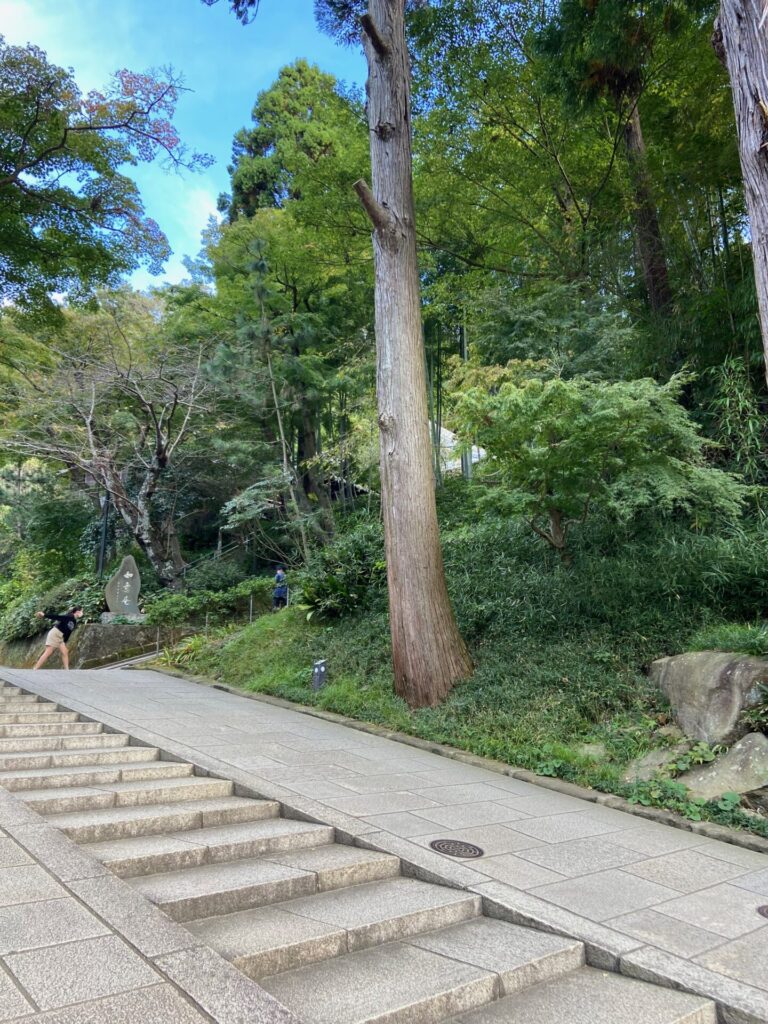
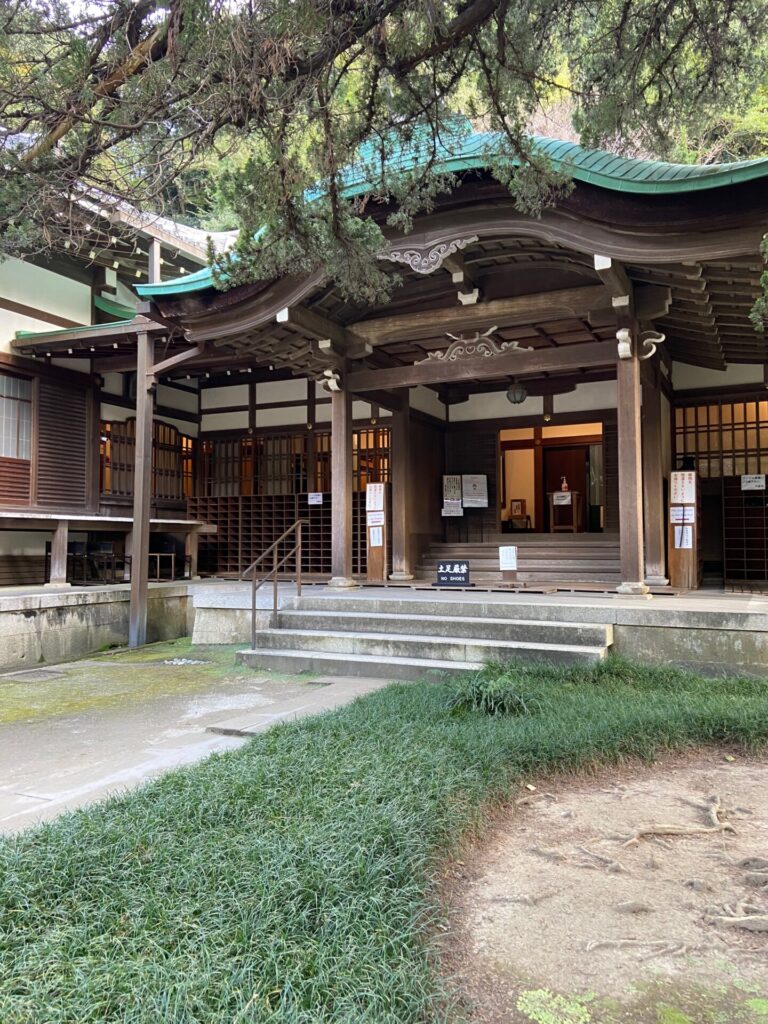
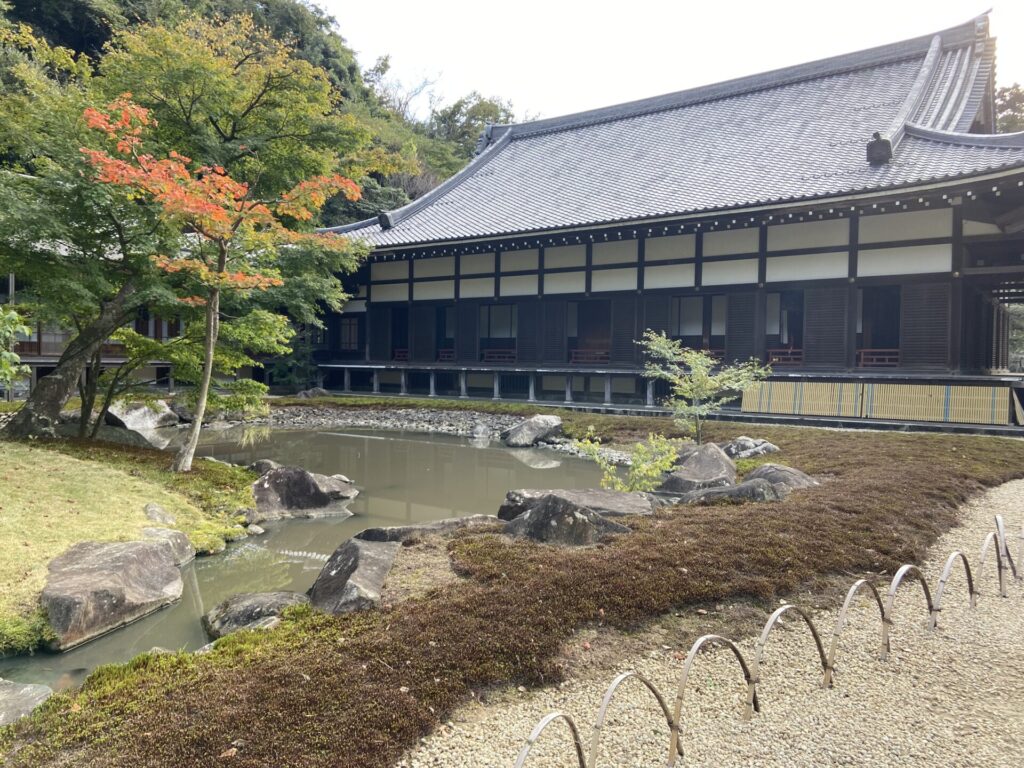
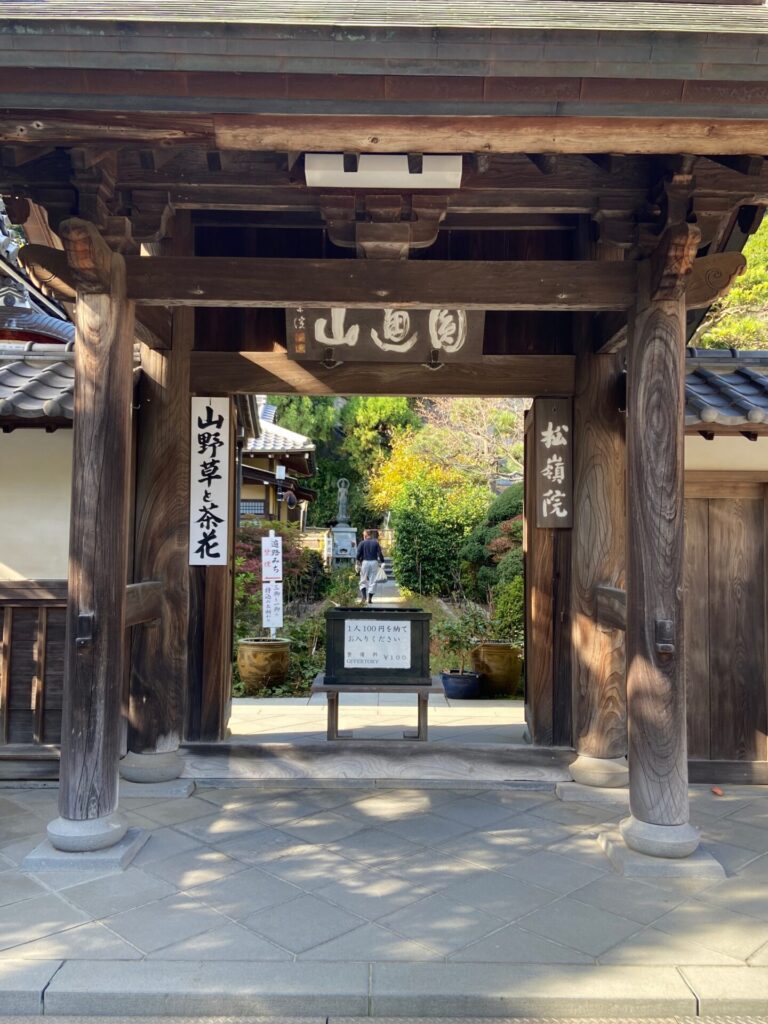
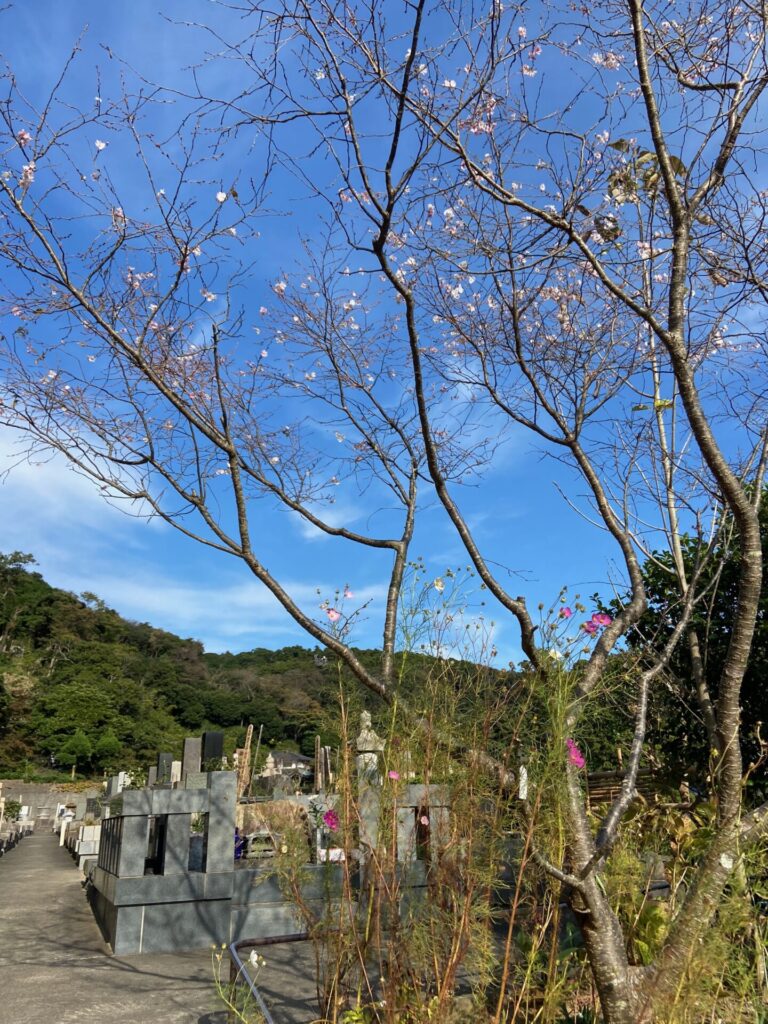
Even with all the introduction so far, it’s impossible to fully capture the rich history and attractions of Engakuji Temple. I’m also intrigued by the Zen meditation sessions. Just going to the temple for matcha feels like it expands your own world in some way, creating a sense of curiosity and excitement.
